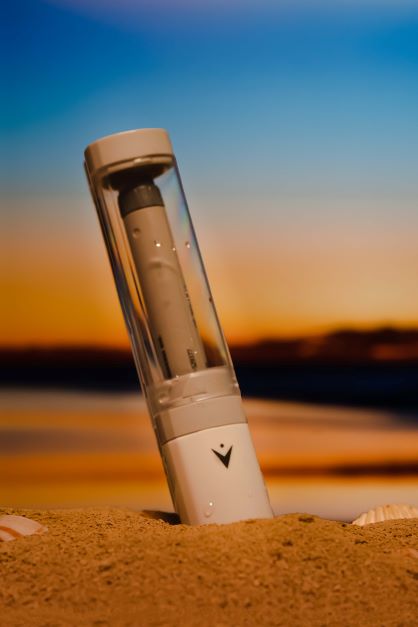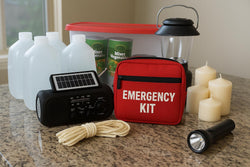Tempramed Blog
What is the Safe Temperature Range for Insulin?

Insulin is a peptide hormone that naturally occurs in the body to maintain healthy sugar levels in the bloodstream. For those with diabetes who inject insulin, carefully keeping their insulin in use at a safe temperature range between 68 - 86°F (20-30°C) can make all the difference.
Why is it important to store insulin at the right temperature?
Proteins are the part of our cells that make up our body and who we are. Peptides, the smaller unit that make up proteins, need to carefully and specifically bind to create proteins like insulin. Our body needs insulin to ensure the sugar that enters our body from food is regulated, even after a big carbohydrate meal. This delicate process is susceptible to extreme temperatures.
Hot temperatures cause proteins to degrade, and freezing temperatures can damage the peptides' shape causing them to cluster instead of building a protein. Freezing for only a couple of minutes can cause irreparable changes to the insulin.
Tips for Keeping Insulin Temperature Range Ideal at Home and On the Go
Once an insulin vial or pen is opened, it can be kept in an insulin temperature storage for up to 30 days before it loses efficacy. The insulin temperature should remain between the ideal safe temperature of 68 - 86 F. To keep your insulin safe, follow these tips at home and on-the-go.
Tips for Keeping Insulin Temperature at Home
Unopened vials and pens can be kept for one year before expiring, but only if held at a safe insulin temperature range. At home, keep your insulin in a fridge set between 35°F to 40°F. If you go on vacation, ensure your accommodations have a suitable fridge. You want to keep your insulin away from the back of the refrigerator, where it's colder, so as not to freeze it accidentally. Use your door or fridge space close to the front to store it.
Tips For Keeping Insulin Temperature While in Use
It's best practice to keep your insulin on you throughout your day if you are on-the-go. Never leave it in your car or checked luggage. The inside of a vehicle could easily get to 20 degrees hotter than the outside, and the conditions of cargo are unpredictable. You will only know the temperature of your insulin if it is with you.
Get an insulin temperature storage kit and keep it in your bag. If you're spending time outside, always keep it in the shade and place your bag underneath trees and on cold surfaces.
Keeping Safe Insulin Temperature in Your Body
After injection, the insulin that enters your body needs to work to supplement the insulin that is lacking. If the body is dehydrated, it makes insulin work harder because water loss subsequently leads to higher sugar concentrations in the blood. You might need to take more insulin when you're not fully hydrated to feel the effects of the medication. Therefore, you must drink and stay hydrated, especially on hot summer days or while physically active.
Tools to Keep Insulin at the Ideal Temperature
Insulin storage devices like TempraMed's VIVI Cap are high-performance storage systems designed with built-in temperature sensors. The cap replaces any disposable or refillable insulin pen cover, so it's great for on-the-go storage. The VIVI Cap's technology keeps insulin below 84.2°F (29°C) for a minimum of 12 hours, even in temperatures 100 degrees. The cap stops cooling if temperatures reach below 78.8°F (26°C). The cap takes up as much space as your pen and will help you keep track of your insulin's temperature effortlessly. If you rely on insulin every day, then rely on the storage solution made for keeping insulin at the optimal room temperature.
If you are managing your diabetes and need to inject insulin regularly, this insulin travel case may be the high-performance, on-the-go storage solution you need. Visit tempramed.com to purchase your own VIVI Cap diabetic travel case.




